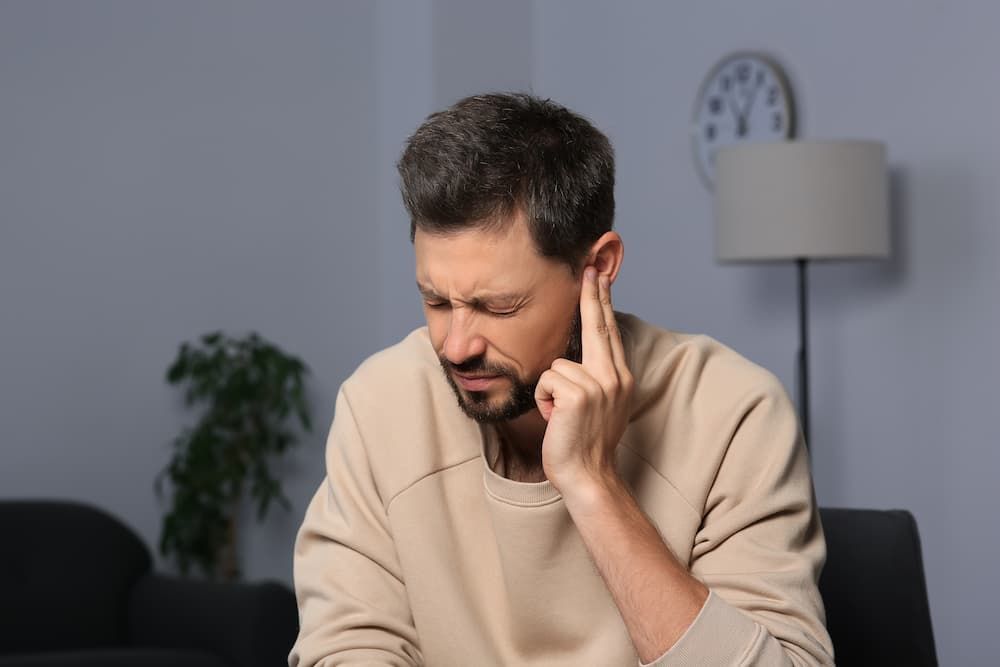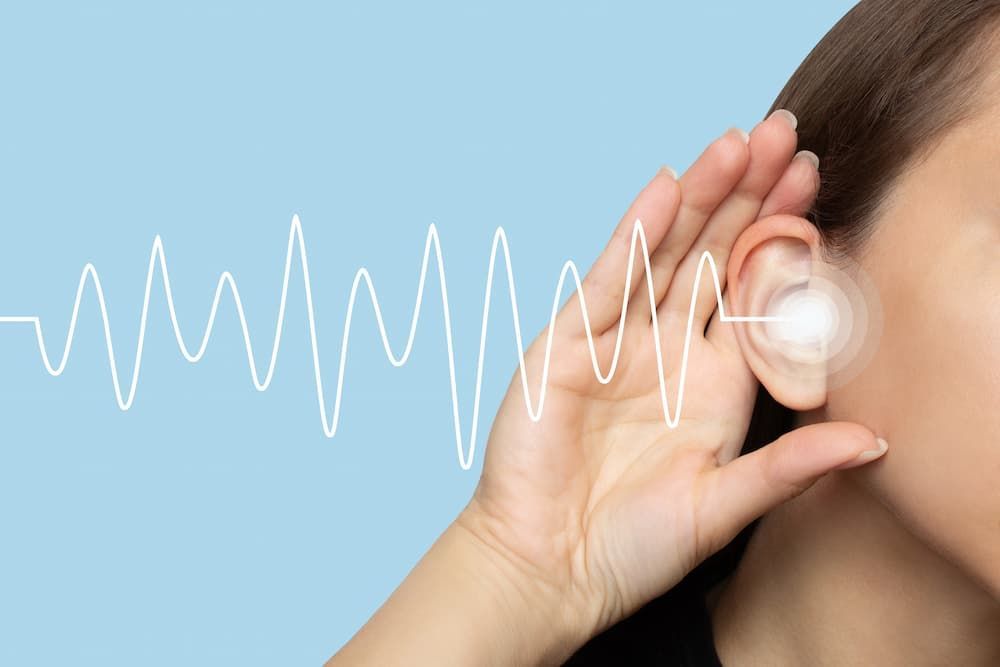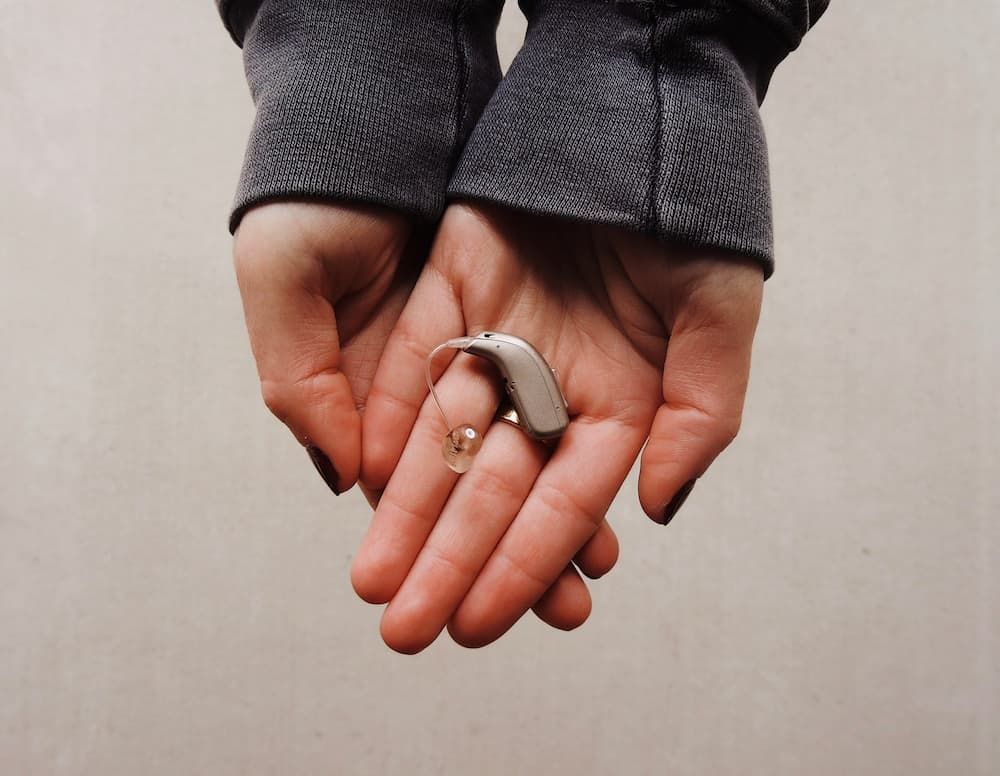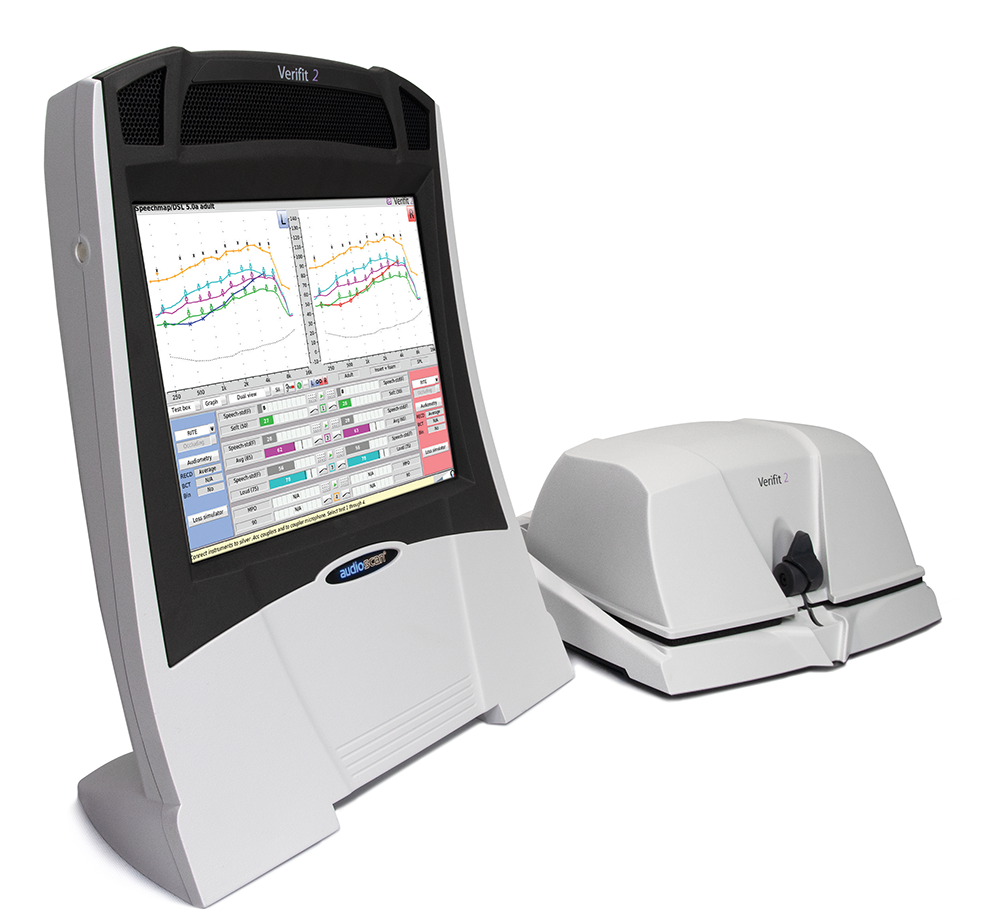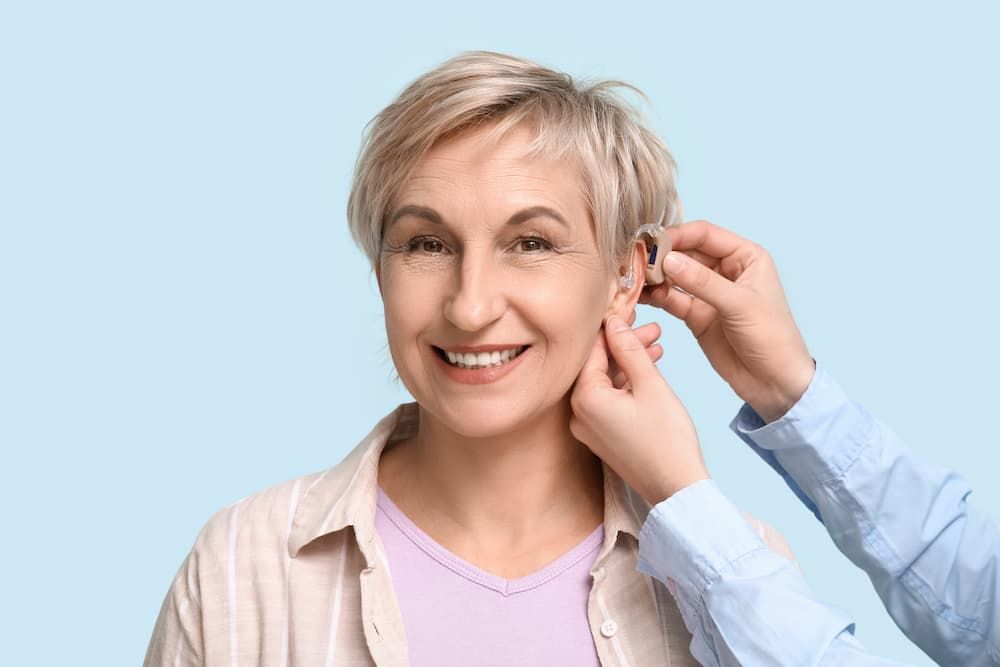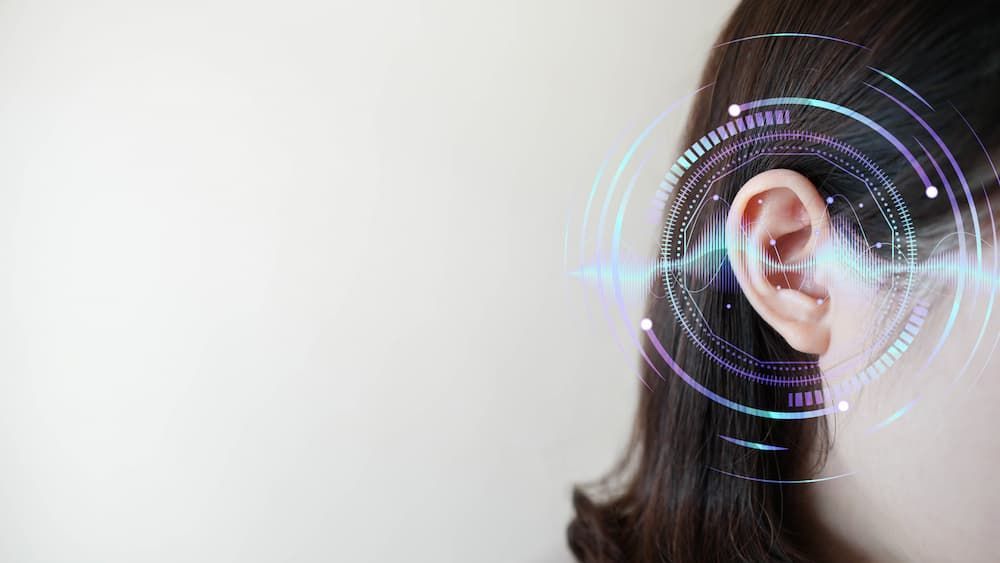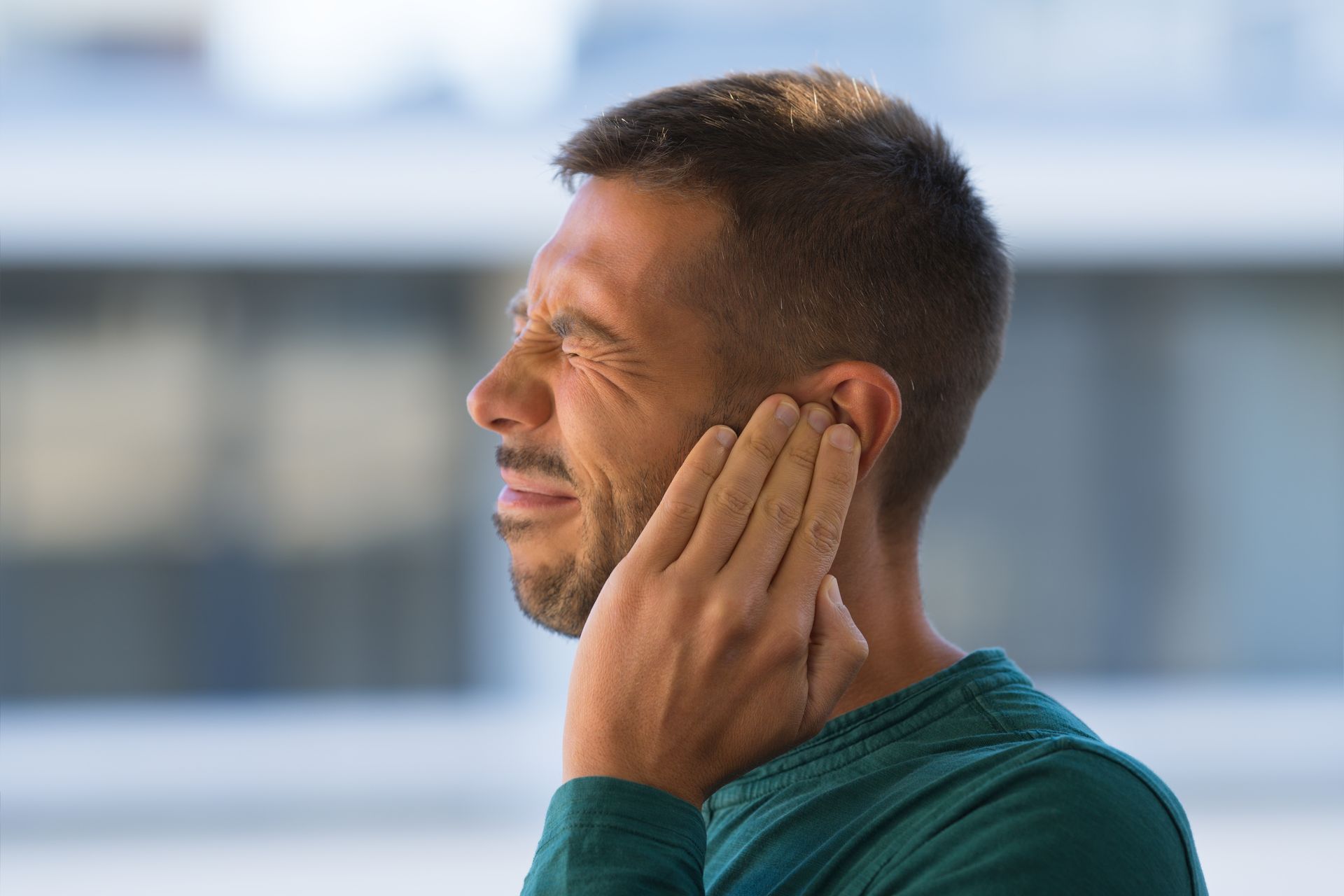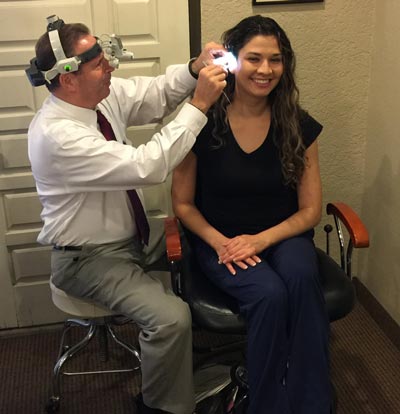Who Needs A Hearing Test?

Who Needs A Hearing Test?
Hearing is one of the five senses, as we all know. A newborn is usually tested for hearing to determine if there is any permanent hearing loss at birth. Those with normal hearing are re-examined again at school at some point. There is no regular hearing test requirements carried out after school, which means, unless someone identifies any symptom, hearing loss is not diagnosed until symptoms are noticeable.
The audiologists at Tinnitus and Hearing Center provide hearing tests in Tempe AZ and serve residents of the Phoenix metro, including Scottsdale, Chandler, Gilbert, Sun Lakes, and throughout the East Valley. If you suspect that you or a family member has a problem related to hearing, it is important to understand that there are experts who can explain and help you resolve the issues with ease.
What is the role of an audiologist and what are the different hearing tests available in a clinic?
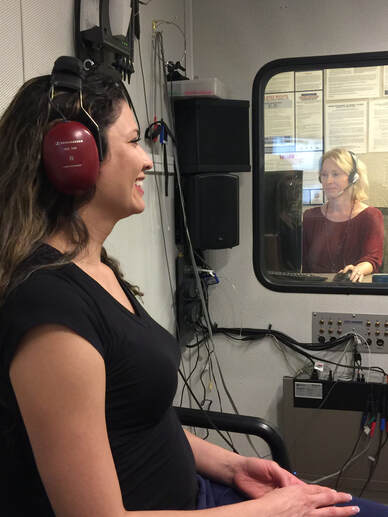 When you attend a clinic, you will have an initial consultation with an audiologist. Audiologists are specialists in ear conditions, hearing, and hearing rehabilitation. The first step is a general screening, which involves asking questions which may reveal vital symptoms.
When you attend a clinic, you will have an initial consultation with an audiologist. Audiologists are specialists in ear conditions, hearing, and hearing rehabilitation. The first step is a general screening, which involves asking questions which may reveal vital symptoms.
An otoscope is then used to check the eardrum. It is a very common device, has a conical end and is pressed against your ear. Being illuminated and magnified, the audiologist can clearly see through this device, if there is any abnormality in the eardrum. A diagnostic hearing evaluation is the next step.
This evaluation can be done for both children and adults to help identify the type and the degree of hearing loss. This may also give an insight into the cause of the hearing loss and help the audiologist determine the appropriate treatment recommendations and referrals.
Please note that these tests are completely safe and painless. They can mostly be performed even if you have other medical condition.
You will be asked to go and sit inside a soundproof booth and relax with headphones on. Usually, you will be given a button to press and follow simple instructions. Your response will be automatically recorded by a machine, and a chart will appear. Imagine an electronic cash register or an ECG machine. This chart is called an audiogram. Based on the audiogram, your audiologist will be able to decide on treatment options.
Types of hearing tests
 The ear is a complex organ and is connected to the brain with a network of nerves. Any damage or alteration along the way might affect the hearing.
The ear is a complex organ and is connected to the brain with a network of nerves. Any damage or alteration along the way might affect the hearing.
In our clinic, expert audiologists will conduct a combination of diagnostic tests depending on the symptoms of the patient. The aim is to find the cause and also the extent of any damage.
These tests are quick and painless, and as mentioned before, mostly involves sitting in a silent booth with headphones on.
Here is a list of some of the hearing tests:
1. Acoustic Reflex Testing (AR) — AR test measures the reflexes in the ear. It measures the involuntary muscle contractions of the middle ear, in response to sound. The middle ear is home to the three smallest bones of the human body, the ossicles. When sound reaches the middle ear, two muscles, the stapedius, and tensor tympani muscles, attached to the ossicles, contract involuntarily. On contraction, these muscles create a movement of the bones which in turn stimulate the inner ear. If the reflex action is reduced, the hearing mechanism will be impaired. This broadly means, this test will indicate if the problem lies in the middle ear.
2. Otoacoustic emissions (OAE) testing— OAE test is a quick, non-invasive method that measures the cochlear (inner ear) function. This is the test done on newborns to establish any hearing loss at birth. A small probe is placed in the ear and clicks or tones are played. The machine attached to the probe records the response of the hair cells of the inner ear. Any change from normal, in the audiogram pattern indicates that the problem lies in the inner ear.
3. Tympanometry —It is a simple and painless testing method that measures the air pressure on the eardrum. Air pressure will be abnormal if there is a build up of fluid or wax, presence of a tumor or if the eardrum is damaged.
4. Pre-tone and pure-tone testing — This test, uses air conduction to measure your ability to hear various sounds at low, mid, and high frequencies. You will hear a series of sounds through the headphones and you will be instructed to press a button every time you hear a tone. Any abnormal pattern in the audiogram chart will indicate a problem in the middle ear.
5. Speech-in-noise testing — In case of any abnormality in the previous test, a speech-in-noise (SIN) test is carried out in older children and adults. Similar to the tone-testing procedure, it determines if the person can hear speech in the presence of background noise. So in essence, this is considered as a “real world” test. It also works as part of the counseling process and helps the patient reach their hearing expectations.
5. Bone conduction testing — This test measures the inner ear’s response to a sound. A conductor is placed behind your ear which sends tiny vibrations through the bone directly to the inner ear. The experts can interpret the audiogram and the results will indicate if there is any loss of hearing.
The information provided in this article is not meant to be medical advice and is for educational purposes only. If you would like to learn more about this and other hearing-related topics, feel free to contact Tinnitus & Hearing Center of Arizona by clicking here or by calling 480-831-6159.

